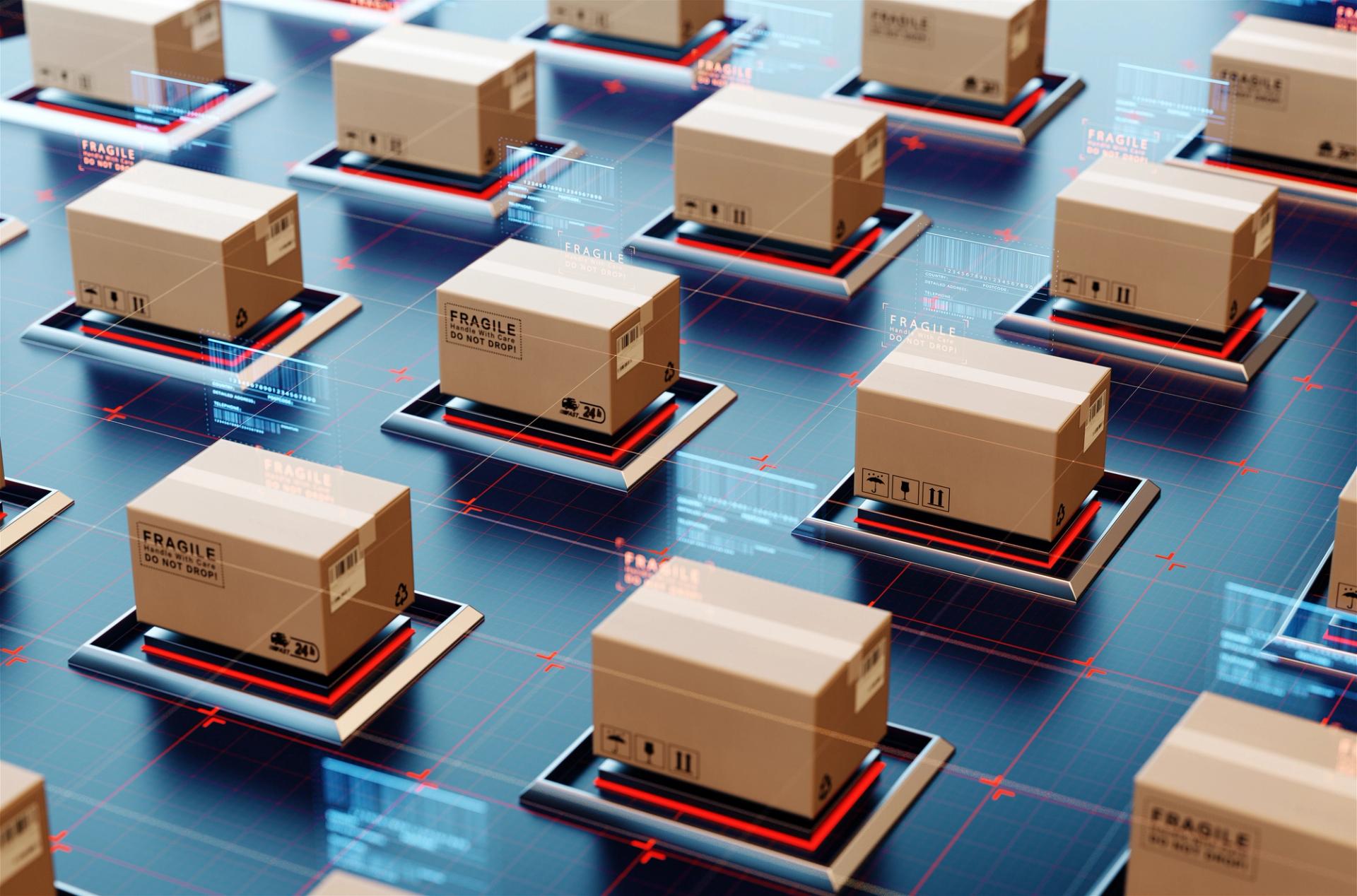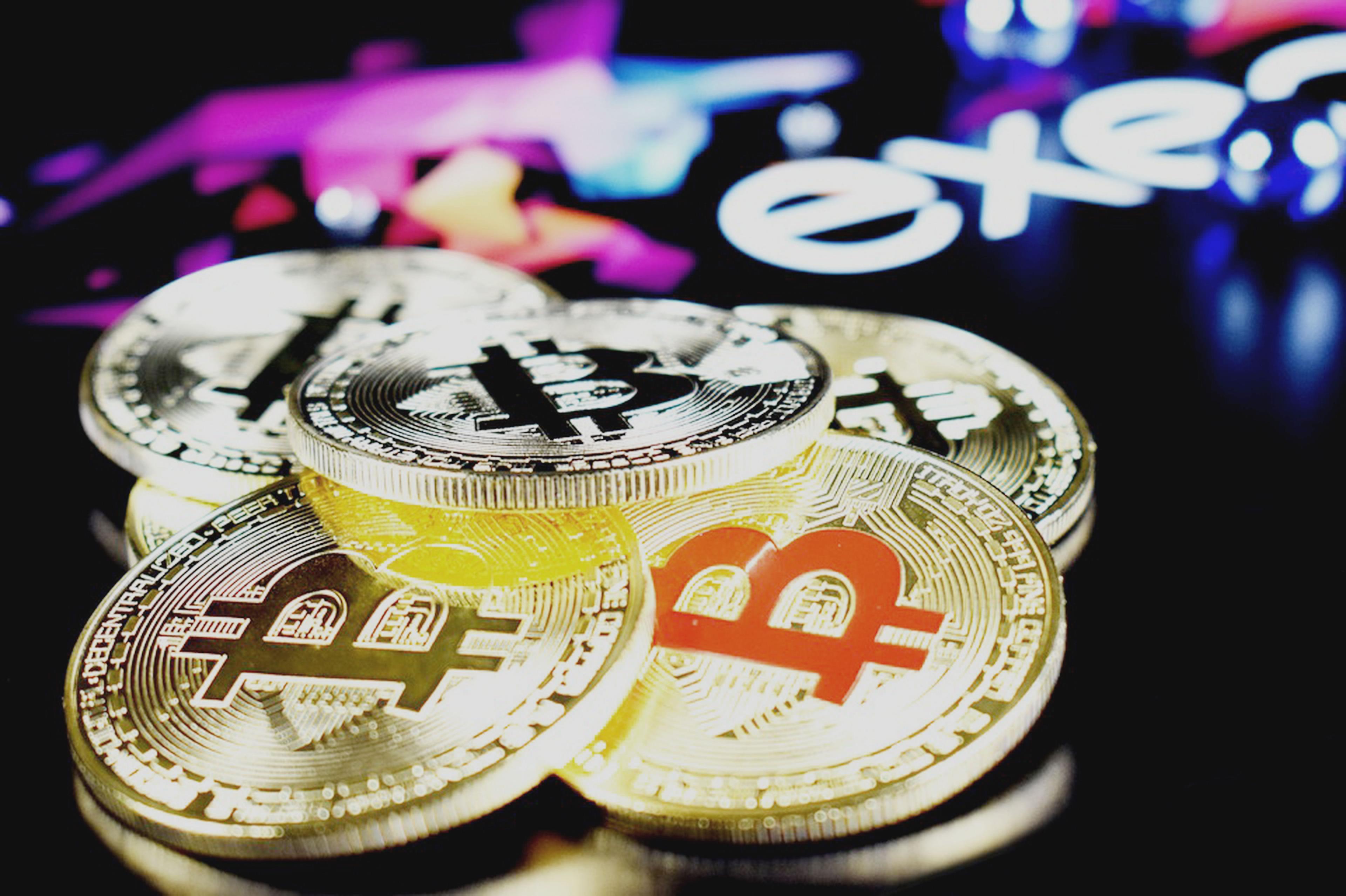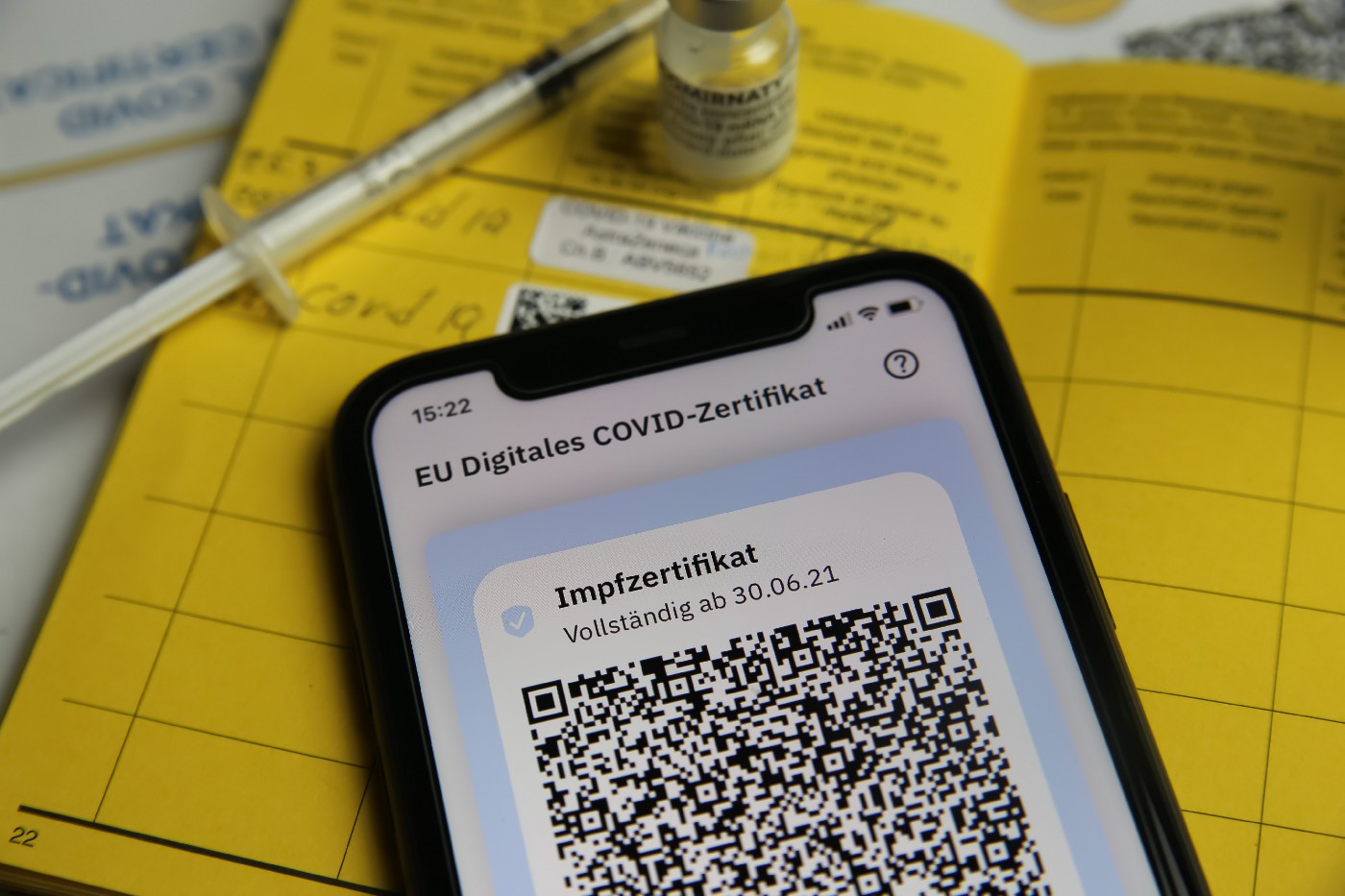Blog
Is blockchain hitching a ride on the Covid-19 vaccination wave?

In the early days of the pandemic, fraud and corruption in the procurement and distribution of PPE made global headlines. When vaccines arrived, the falsification, theft, and embezzlement of doses came to light. Vaccine rejection, fuelled by fake news and conspiracy theories, spread on social media, and eroded public trust – both in vaccine science and governments. Finally, when freedom of movement and work became dependent on a vaccine certificate, new opportunities for falsification and corruption emerged.
Blockchain technology has been called a ‘trust-machine’ which can help curb falsification and fraud by providing tamper-proof records of information. Applied to supply chains, blockchain can provide transparency and enable secure tracking of goods from producer to end user. By adding sensors to packages of medicines, transport conditions such as storage temperature and location can be monitored and automatically logged along the way.
These features seem to make blockchain perfect for protecting Covid-19 vaccine distribution from fraud, falsification, and corruption, don’t they?
We examined blockchain’s potential to safeguard vaccine distribution, studying reports from international organisations, academic literature and partnering with the German non-profit organisation ‘enpact’ to interview experts in technology, the health sector, and government agencies.
We found that the application of blockchain in vaccine distribution is limited. Pilots which started before the pandemic are still not in production.
Endorsed pilots
In 2020, for example, the UNICEF-endorsed start-up StaTwig from Hyderabad presented a blockchain solution for securing the global vaccine distribution. While the technical descriptions sounded intriguing, the surrounding infrastructure, regulations, or necessary local skillsets for success were not given as much scrutiny – and the project is still in its pilot phase.
In the early days of the Covid-19 pandemic, blockchain technologies were piloted for contact tracing in South Korea. Such technology was the foundation of the IBM Rapid Supplier Connect platform. This was a tool to identify which pre-qualified companies could be trusted to deliver safe and high-quality PPE equipment in an efficient manner. Blockchain also was the base technology in a pilot project in Estonia, Hungary, and Iceland to host vaccination certificates, as initiated by the Swiss blockchain company Guardtime in collaboration with AstraZeneca Estonia.
A 2020 OECD policy brief states: ‘Much hype surrounds the potential of blockchain technology in the health sector but few practical applications of the technology have been implemented in real-world health care settings.’
One reason why the implementation of blockchain in Covid-19 vaccine distribution has not yet happened is the shifting needs during the pandemic. When priorities change, from the availability of PPE equipment in the early phases, to fair distribution of vaccines, secured vaccine certificates, and trust in rapid antigen test kits, it can be challenging to deploy advanced technical solutions that monitor and secure the different supply chains.
Another reason, according to those interviewed, is the lack of national regulations to support blockchain technologies in many countries. Legal frameworks and the acceptance of electronic contracts and digital signatures need to be in place.
Complex structures in medical supply chains
The integrity of medical supply chains depends on factors such as collaboration among relevant interest groups, responsive legal frameworks, and technological skills and capacity. These are also the conditions in which blockchain is most likely to be an effective tool. In countries where the technical infrastructure is in place, blockchain may function well to secure supply chains. If the end user has the tools and skills to verify what the blockchain reports – such as confirming that a vaccine is genuine – the blockchain may prevent falsified drugs being distributed. We find such conditions in developed countries and a few developing countries.
Blockchain does have future potential for securing and monitoring supply chains. To do this, common data structures between manufacturers, distributors, and health institutions need to be established, but such preconditions do not exist in many regions. A blockchain-based Covid-19 vaccine distribution system is therefore not likely to be realised during the current pandemic. Nevertheless, the many pilots and proofs of concepts triggered by the pandemic may result in future applications of blockchain to prevent fraud and corruption in medical supply chains.
In contrast to the Covid-19 crisis, cases where blockchain-based supply chain management has reached commercial scale are characterised by predictability, such as the steady flow of freight containers to a harbour or the regular delivery of fresh produce to a grocery store.
One of the large-scale blockchains based in supply chain management is TradeLens, initiated by IBM and the global shipping company Maersk. The platform digitises and securely guards what used to be paper-based freight documentation. Rubberstamps and signatures are replaced with digital signatures and traceable, immutable records. Paper-handling time is reduced and disputes have dramatically decreased. More importantly, a 2021 study of the global shipping industry found that ‘blockchain mitigates both process and document-related corruption.’ TradeLens currently handles about 65% of the global container shipments.
In food supply chains, Carrefour and Nestlé are applying blockchain for some products. Incidents of salmonella and e-coli outbreaks, owing to contaminated fresh food such as eggs or lettuce, triggered them to improve the provenance tracking of some of their fresh produce. When the product causing a disease outbreak is identified, its origin now can be tracked within an hour, and the blockchain ensures their data are correct.
Government regulations may also initiate investigations into tamper-proof ledgers to secure supply chains. The FDA ‘Drug Supply Chain Security Act’ initiated the MediLedger pilot project to ‘govern transactions and interactions between trading partners.’ When the act is implemented in 2023, the industry will need a secure supply chain management system in place to comply with the new regulations.
As a result of European digital strategies, generous funding has been made available for blockchain research. This may have triggered scenarios where the technology comes first, rather than the problem that need to be solved.
FarmaTrust, a UK company started in 2017, developed a concept to prevent counterfeit drugs from entering the pharma supply chains by using blockchain and artificial intelligence (AI) technology for tracking and monitoring. The company signed up with the government of Mongolia to pilot a one-year project to prevent counterfeit drugs in the country. The OECD Observatory of Public Sector Innovation (OECD-OPSI) highlighted FarmaTrust and the pilot in Mongolia as an example of a ‘Key Public Sector Trend’ in 2019.
The technical part of the pilot seemed to function well, and so did the collaboration with the Mongolian government and the national adaptation of the new regulations. But persuading external companies and drug manufacturers inside and outside of the country to comply with the interoperability requirements and to unify the labelling of medicine packages proved difficult. The lack of unique labels on each medical package makes them impossible to trace as individual objects on a blockchain.
The shifting dynamics of the Covid-19 pandemic have been impossible to foresee when planning scenarios for an overarching management system for vaccine supply chains. As priorities and conditions change, responses have needed to be flexible also. Various blockchain start-ups have suggested the application of their technology to prevent fraud and corruption in Covid-19 vaccination distribution; however, the constantly changing direction of the pandemic has hampered these efforts. The complexity and transnational nature of pharmaceutical supply chains demand sophisticated collaborations to ensure the safe distribution of vaccines – not just a safeguarding database.
Disclaimer
All views in this text are the author(s)’, and may differ from the U4 partner agencies’ policies.
This work is licenced under a Creative Commons Attribution-NonCommercial-NoDerivatives 4.0 International licence (CC BY-NC-ND 4.0)


